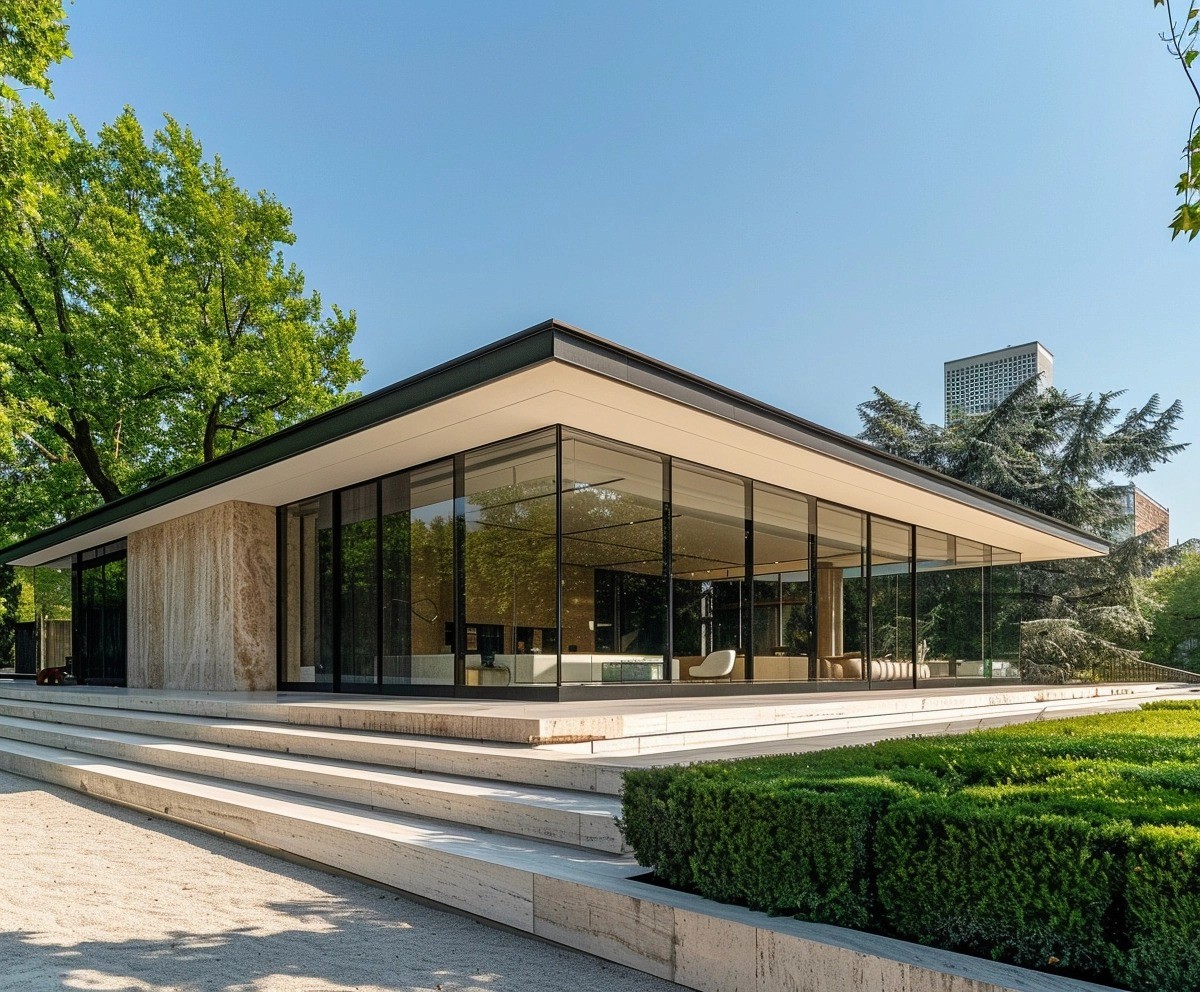Who we are
At Zenith Estate Management, we represent a convergence of elite expertise drawn from diverse yet complementary backgrounds—all united by our commitment to transforming estate management.
Our collective experience spans decades across multiple disciplines critical to sophisticated estate operations:
Ultra-High-Net-Worth Household Management – Understanding the unique demands and expectations of exceptional properties and discerning principals
Luxury Hospitality Leadership – Bringing five-star service standards and operational excellence from the world's premier hotels and resorts
Private Concierge & Lifestyle Management – Expertise in anticipatory service and flawless execution of personal preferences
Technology Backgrounds – Implementing cutting-edge systems that streamline complex operations
Real Estate & Property Management – Deep knowledge of sales, structural systems, maintenance protocols, and property preservation
Family Office Operations – Experience navigating the intricate dynamics and specialized requirements of comprehensive wealth management
Why we exsist
What truly sets us apart is our revolutionary approach to estate management. We are pioneering a paradigm shift in the industry by replacing the traditional single-manager model with an integrated team of specialists who collectively provide expertise that no individual could possibly master alone. This collaborative approach allows us to leverage our diverse backgrounds to create truly bespoke solutions tailored to each property's unique requirements.
Importantly, our model scales effectively to serve a wide spectrum of clients. Individuals and families without a formal family office or extensive estate can access our expertise through our fractional service offerings—providing the benefits of comprehensive estate management at an accessible investment level, similar to a fractional family office approach.


